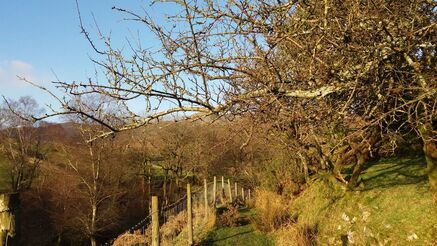 Hawthorn hedge on an embankment above an old track
Hawthorn hedge on an embankment above an old track
Watching fieldfare, redwing and mistlethrush, I find them feeding on the red haws of hawthorn. Haws are a source of food for wildlife in winter. Birds feed on the fruit and disperse the seed in their droppings. On a gloomy day you can hear winter thrush hidden in hawthorn. especially when ivy cloaks the shrub and provides shelter and a safe roost. So a love of winter thrush brings me to hawthorn ways. A history and a natural history of England is written into the hawthorn hedge.
In spring its flowers, May blossom, are important for nectaring insects. Look in churches for sculptures of the Green Man and you may find the foliage-motif about the head is leaves of hawthorn. The shrub is deeply embedded in our culture as it is rooted in the English hedgerow. Hawthorn or quickthorn is fast-growing, resilient and tough. A well-tended hawthorn hedge is dense and impenetrable. Hawthorn is the tree most frequently found in Anglo-Saxon boundary charters. It is synonymous with the English hedgerow. Etymologically the words Hedge, haw and hawthorn are close-kin.
From the Shorter Oxford English Dictionary (a selective focus)
HAW (sb. a noun. From the Old English.)
A hedge or encompassing fence, an enclosure
HAW (sb. noun. Old English. Haga hedge. OE haguthorn-}
hawthorn . hedge thorn
HAW ( sb. OE haga. identical in form with haga hedge. )
1. the fruit of the hawthorn
2. the hawthorn
HAG (sb (derived from Old English, Danish, Old High German, Dutch)
1 An evil spirit in female form, a repulsive sometimes malevolent old woman
HAG ( Old Norse, Old English haga)
an enclosed field, a hedge
Rose and hawthorn are shrubs of an English hedgerow. So, hips and haws, the fruit of rose and hawthorn.
stores of haws and heps do commonly portend cold winters. Francis Bacon.
Chambers 21 century dictionary
HAW noun
1 a hawthorn berry ( botanically it's a pome not a berry)
2 the hawthorn Anglo-Saxon haga
In medieval England the hedge is liminal. A barrier that shelters a settlement from threats known and unknown. The presiding deity is the hag, the cunning woman, the white witch who gathers medicinal herbs for healing. The hag, descendant of Celtic goddess. So haw, hag, and hawthorn coalesce in meaning.
In 21st century the importance of the English hedgerow is rediscovered. A resurrection, liminality redefined. Underlying myth and tradition there is a wealth of knowledge, an innate understanding of ecology thrown away when rooting out hedges was in vogue. The hedgerow and field-margin is a soft boundary between farmland crop and habitat for wildlife. Plant hawthorn, rose and blackthorn for pollinating insects essential to crops. In autumn their fruits will attract birds lost from monoculture. Hedges are essential wildlife corridors for small mammals.
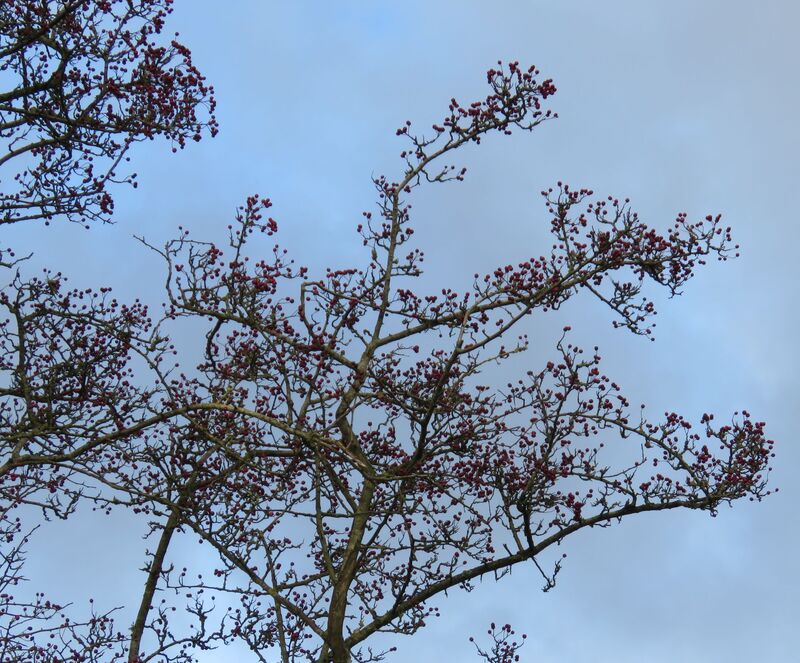
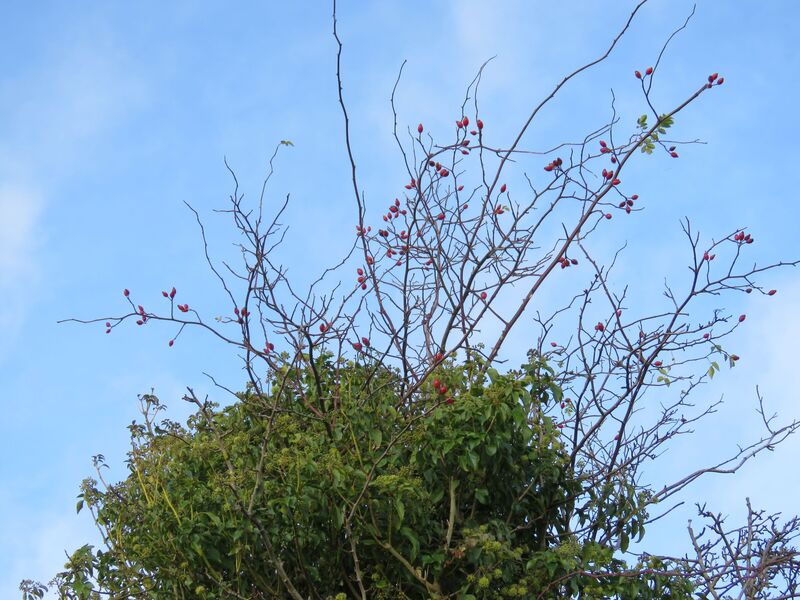
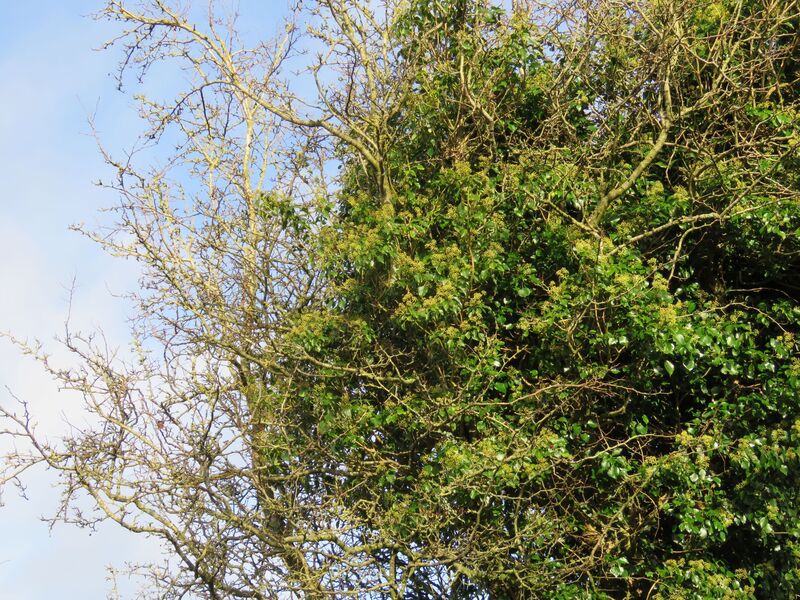
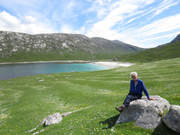
 RSS Feed
RSS Feed